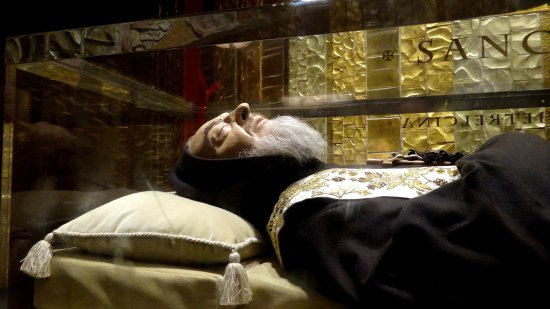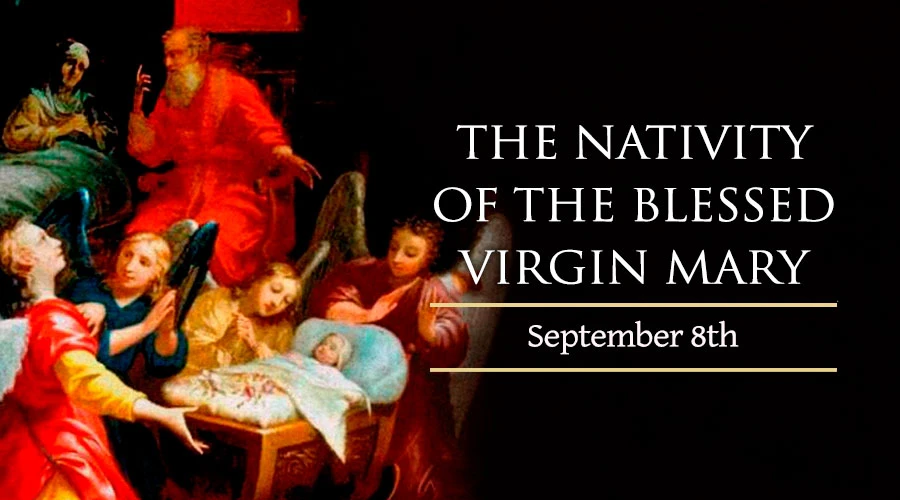1918 the five wounds of Our Lord's Passion appeared on his body, making him the first stigmatized priest in the history of the Church. Countless numbers were attracted to his confessional and many more received his saintly counsel and spiritual guidance through correspondence. His whole life was marked by long hours of prayer and continual austerity. His letters to his spiritual directors reveal the ineffable sufferings, physical and spiritual, which accompanied him all through life. They also reveal his very deep union with God, his burning love for the Blessed Eucharist and Our Blessed Lady. Worn out by over half a century of intense suffering and constant apostolic activity in San Giovanni Rotondo, he was called to his heavenly reward on September 23, 1968. After a public funeral, which attracted almost 100,000, his body was entombed in the crypt of Our Lady of Grace Church. Increasing numbers flock to his tomb from all parts of the world and many testify to spiritual and temporal graces received. On May 2, 1999 Pope John Paul II beatified Padre Pio in ceremonies at the Vatican.
|
|
| June 16, 2002, Padre Pio of Pietrelcina was solemnly canonized a Saint by Pope John Paul II. |
John Paul II was the only pope who Padre Pio entrusted with the most private detail of his stigmata
Decades later, when Fr Wojtyla became the Holy Father, people speculated as to whether Padre Pio had told him that he would be Pope. Pope John Paul II clarified that Padre Pio did not tell him that he would be Pope.
Padre Pio had his reasons, which are unknown, for not telling the young Pole that he would be the Holy Father. But it’s certain that Padre Pio bore the wounds of Christ, and deliberately confided in the priest who would be the Vicar of Christ. It’s like Padre Pio was talking directly to the soul of one who God had ordained would be Pope.
But there’s something even more unique. From what we know, Padre Pio did not tell other Popes, such as Paul VI (the reigning Pope when Padre Pio died) about his most excruciating wound. From all ruling popes and all future popes, Fr Wojtyla was the one entrusted with this secret.
~by Mary O'Regan
from: CatholicHerald.co.uk














